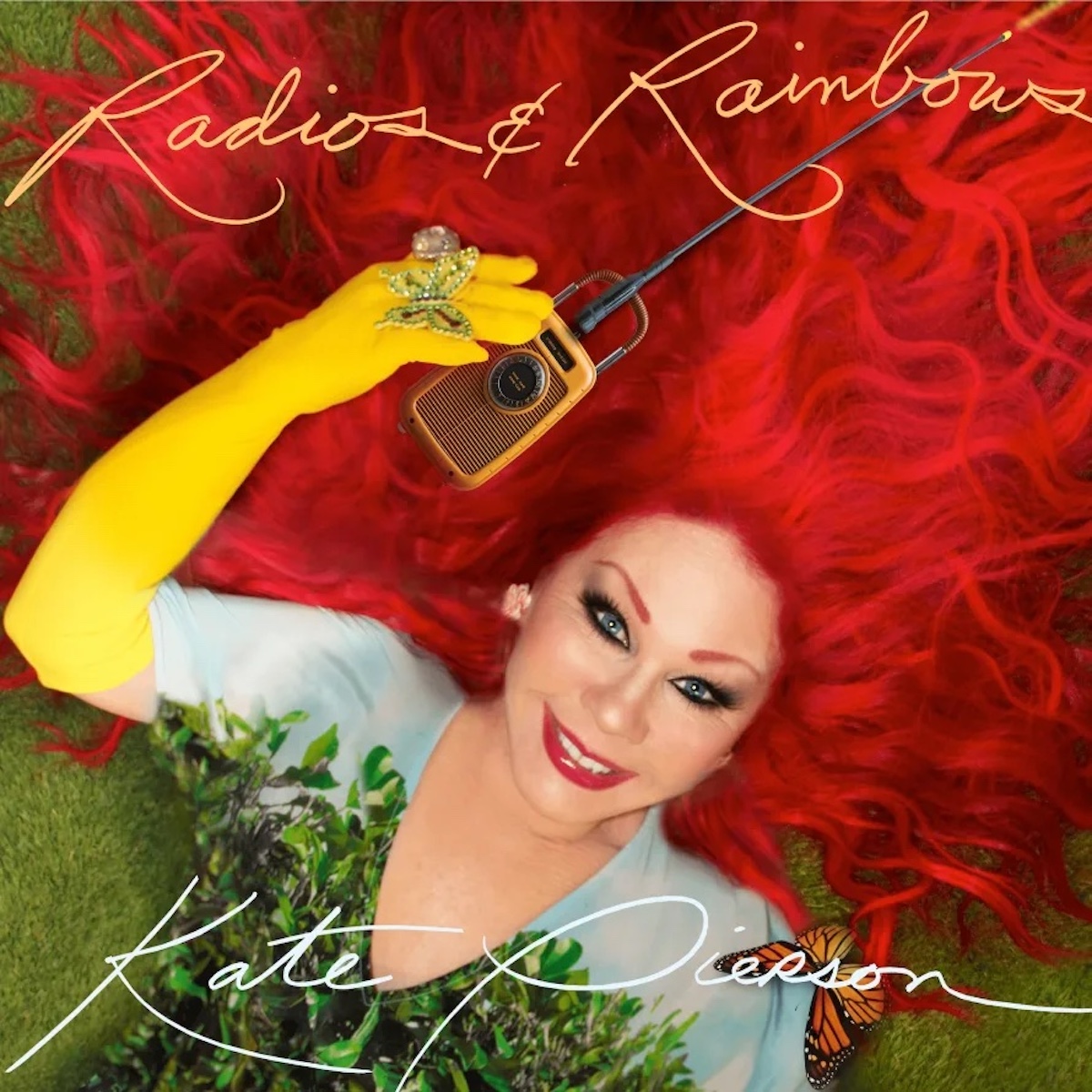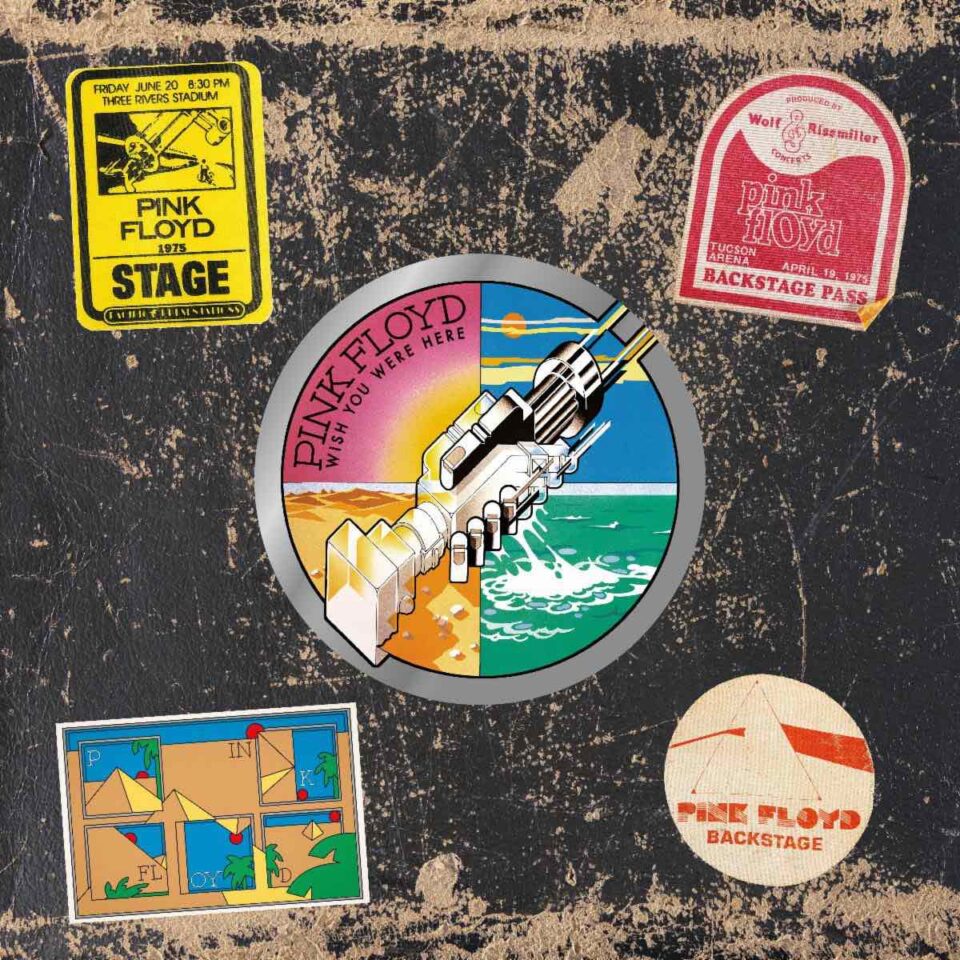Kate Pierson
Radios & Rainbows
SONGVEST
Kate Pierson has long been a giant in the American music chronology, rocking her iconic beehive as a member of ’80s new-wave rockers The B-52’s for almost a half-century. Despite her long-time presence in the industry, however, she’d never released any solo projects prior to this past decade. Speaking on her lack of solo work, Pierson said that “it would’ve been a betrayal if I’d done something on my own outside The B-52’s,” calling the feeling a “prison created by my own mind” that prevented her from recording any solo material. A jailbreak would occur in 2015, though, when Pierson released the Sia-assisted Guitars and Microphones LP, rejuvenating a yearning for collaboration and music-making seven years after the final B-52’s record.
Nine years after that debut, the vocalist has returned to the solo stage with Radios & Rainbows following a slew of single droppings over the past year. The record is a scattershot of personal reflection, activism, and dance music with a sonic journey that’s just as diverse as its thematic one. “Evil Love” opens with a chorus of la-la-las that caresses your face before slapping you onto the dance floor with a nasty bass saxophone. Later on, “Pillow Queen” employs a surf-rock bounce grounded by dub rhythms while Pierson croons about a gorgeous woman who can’t be bothered to expel any effort during sex. “Give Your Heart to Science” closes the album with a luscious ballad whose shimmering guitar riffs do their best to hypnotize you amidst Pierson’s ode to her late friend and collaborator, Jeremy Ayres.
The record is an eclectic mix fitting of someone who’s spent her entire musical career soaking up inspiration without a solo outlet to test her creations. In line with the broader new wave movement’s penchant for social and political activism, Pierson additionally devotes a couple tracks to plead for peace amidst an increasingly war-ridden time. The title track offers a glimpse of Pierson’s utopian future where music, rainbows, and love abound, while “Dream On” offers critiques of our economic system while repeating Edwin Starr’s age-old question of what war could possibly be good for. The sentiment is sincere, if not a bit overly simplistic for the times, with Pierson positioning herself as a morale boost in the fight against the powers that be.
In a statement released alongside Radios & Rainbows, Pierson said that she “wanted to put out something positive in these dark times. I wanted to make it fun!” While the album certainly encapsulates that, it’s much more nuanced than the statement lets on. Radios & Rainbows is a time capsule launched by Pierson from the new wave era she first rose to fame within. It’s politically punk while sonically dance—calling for an end to senseless bloodshed over groovy-ass electrics buoyed by a gut punch of a bass line. It’s positivity in the face of these dark times; perhaps even in spite of them.







